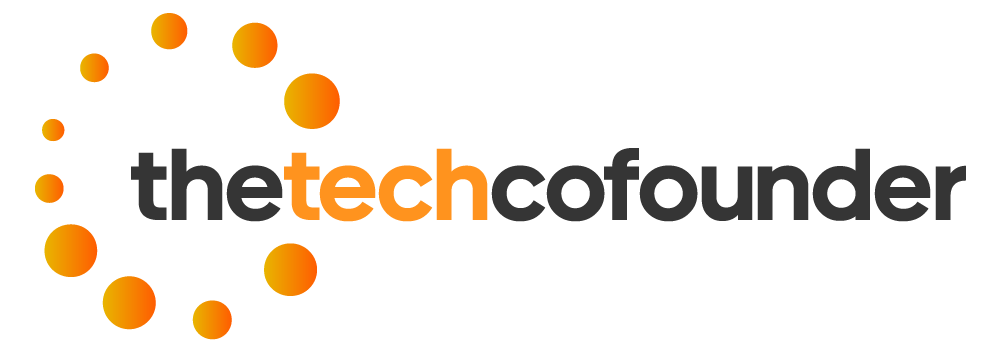When it comes to healthcare, access to the latest technology can be the difference between saving a life and losing one.
That’s why healthcare tends to be one of the first industries to adopt new technologies and shape their application.
Big data significantly changed the way the healthcare industry is able to spot trends and patterns within a community, and now machine learning is being used in the healthcare industry to equip primary care professionals and specialists with ever-more advanced methods of analysis.
Most recently, retrieval augmented generation, or RAG, has become the latest breakthrough technology to unlock new possibilities in healthcare.
While a brief read through this guide to retrieval augmented generation will provide a detailed overview of how RAG complements generative AI applications, the important thing to know is that it allows LLMs to access up to date sector-specific and person-specific information.
This is what’s made it such a revelation for the healthcare industry.
Accurate diagnosis
Because RAG provides applications with access to both up-to-date clinical guidelines and a patient’s medical history, it can significantly improve diagnostic accuracy.
Read also: The Impact of Bias in Machine Learning Algorithms on Healthcare Outcomes
Instead of returning generic diagnoses guidelines which the doctor then needs to combine with their understanding of the individual, RAG means AI applications can do this for us, accurately and very quickly.
Bespoke treatment suggestions
This access to the details of a patient’s background also means RAG can help healthcare systems suggest treatment plans tailored to the individual.
Instead of being prescribed medication that disrupts other parts of the patient’s life, or therapeutic activities that just aren’t feasible,RAG can power healthcare chatbots that ensure the patient is given guidance that’s right for them.
Patient satisfaction
Unsurprisingly, this leads to much better levels of patient satisfaction and engagement with their healthcare team.
One recent survey found that nearly a quarter of Americans who skip doctor’s appointments do so because of the relationship they have with their healthcare team.
By providing quick and accurate diagnosis that make sense to the patient, and offering treatment plans that take account of them as individuals, RAG empowers doctors to change this.
Operational efficiency
Anyone who’s had to interact with the healthcare industry, professionally or as a patient, will be aware of how much administrative work goes into running it.
Not only is this work often labor intensive it’s also costly, in recent years reportedly at as much as 30% of all US healthcare spending, but RAG can have a significant impact here too.
By automating data retrieval and the generation of entries, RAG will allow the industry to reduce its operational costs and raise efficiency while maintaining high standards.
Benefits beyond the treatment room
The impact of RAG on the healthcare sector doesn’t stop at the doctor’s office. Because RAG is able to feed real time information into a generative AI application, it can leverage the immense analytical power of a LLM on a patient’s minute-by-minute condition.
This makes it a game-changing innovation when it comes to remote patient monitoring, or supporting the management of rare or unusual conditions that might call for urgent decisions in terms of treatment options.
More importantly, RAG offers a comprehensive advance across the whole healthcare sector, changing the way healthcare professionals access data, the level of detail with which they can assess each patient, and the close level of care each patient experiences.
This represents an industry revolution. Patient engagement and satisfaction will rise. Costs and wait times could fall substantially. Misdiagnosis and mistreatment could also be significantly reduced.
As well as reducing the burden on and providing extra support to frontline healthcare professionals, RAG also has the potential to drive medical research forward by accelerating and expanding sector-specific search capabilities. The remarkable advances in data science in recent years have also led to a tech revolution in education, and this too will drive the healthcare sector forward by empowering future generations of doctors to go further than ever before.







